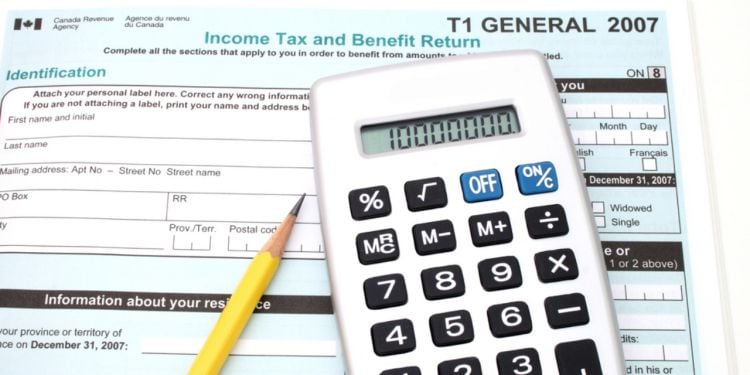How to pay tax in Canada

Any person residing in Canada for more than 183 days is deemed to be a Canadian resident for the purposes of the Income Tax Act. Income earned outside the country of residence must also be reported. Canadian residents also pay taxes called the Goods and Services Tax and the Harmonized Sales Tax (GST/HST). Non-residents are taxable only on certain Canadian source income and capital gains.
In Canada, taxes are deducted directly at the source, that is to say, from your salary. Thus, once your return has been filed, the government could return money to you if you have been overcharged or ask you if you have not collected enough. You may also receive a tax return. Property rights or inheritance rights do not exist. Tax rates and tax credits vary from province to province. Some tax credits are available to temporary residents.
Permanent residents of Canada and some temporary residents can benefit from various programs such as social assistance for those in need, employment insurance for laid-off workers and workers' compensation.
Good to know:
You can file a tax return even if you have no income. This will allow you, for example, to receive a refund of taxes or a refund for childcare expenses. Your spouse may also receive a higher tax return. In addition, you can file your return even if you are no longer in Canada. This is the case, for example, of students and temporary workers.
Completing your tax return in Canada
You can choose to complete your return alone, using a software certified by the Canada Revenue Agency (CRA), or use an accountant. Some universities also offer tax clinics where accounting students complete your tax return for free. In your first year of residence in Canada, you will not be able to submit your return online: you will have to print the forms and mail them.
If you are an employee, your employer must give you a document called a T4 slip before you can file your return. You must also have a Social Insurance Number (SIN). You will not have to send any proof with your return. However, these documents may be requested from you later on by the CRA.
Most residents of Canada must complete only one tax return for the tax year. The CRA collects taxes on behalf of all provinces except Quebec. Residents of Quebec must, therefore, complete two declarations: one for the CRA and one for Revenu Québec. The tax reporting period begins in February and usually ends at the end of April.
Processing a return sent online takes a few days. Deadlines are around one month for returns sent by post. Once your return is processed, you will receive a notice of assessment indicating whether you will receive a refund or whether you have a balance owing. To receive your refund faster, you can register for direct deposit and provide your bank account details. Otherwise, you will receive your refund by check. In the event of a change in your situation, such as a change in marital status, you must inform the CRA as soon as possible, as this may affect the tax credits and the possible return of taxes to which you are entitled. Also, remember to report any change of address.
Good to know:
Self-employed workers must complete the Form T2125. They have until June 15 of the year following the tax year to send their return.
Useful links:
Citizenship and Immigration Canada - Income Tax
Canada Revenue Agency - All About Taxes









